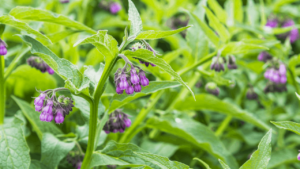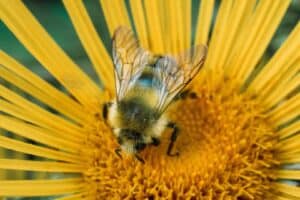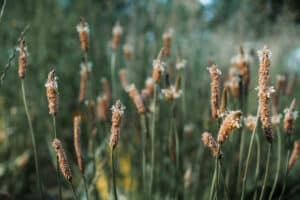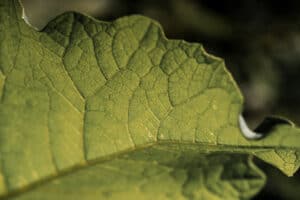As a holistic herbalist, our goal is to work with the WHOLE person. From many traditional perspectives, there are three primary organizational layers of the human being. In Alchemy these are referred to as Salt, Mercury and Sulfur. In Ayurveda it is vata, pitta, and kapha, or prana, tejas, and ojas. The Chinese refer to Jing, Shen, and Chi. From the most simplest orientation, we can say that we have a body, a spirit and a soul- the spirit in this context referring to the vital force, as well as our specific psychological and emotional patterning.
For the herbalist, we want our understanding of a person to orient around the physical, psychological and spiritual levels of health. But essential to the holistic model, is that THEY AREN’T SEPARATE! Rather, the body is the condensed aspect of the soul, and the soul is the most subtle, ethereal, or volatile aspect of the body. They are connected, part that constitute our wholeness.
Unfortunately for a lot of herbalists, there is a separation in regards to how the body’s health is perceived from the health of the mind, emotions and spirit. We may understand the body through its’ anatomy, physiology, biochemistry, or energetics, but then have a totally separate pattern or framework for understanding the psyche and soul. This makes seeing the connections between physical, psychological and spiritual symptoms quite difficult.
This is where the astrological model comes in. Through astrology, we have our natal birth chart, which is commonly seen as representing our core personality, qualities and characteristics. In the evolutionary approach to astrology, the chart also shows us our growth edges and what lessons life is presenting to us for our soul to further its development and evolution.
But what’s commonly NOT looked at in astrology, is the fact that the chart also represents our physical body, our organs, systems, tissues and constitution.
In this way, through our natal birth chart, we have the ability to see the pattern of relationship between what’s happening in our physical body and it’s connection to the mind, heart, and spiritual growth. This gives the herbalist an incredibly precise and specific tool for holistic assessment and evaluation, especially for those with an interest in attending to helping people beyond their physical health.







